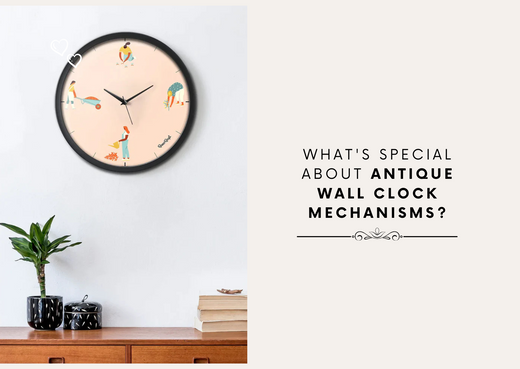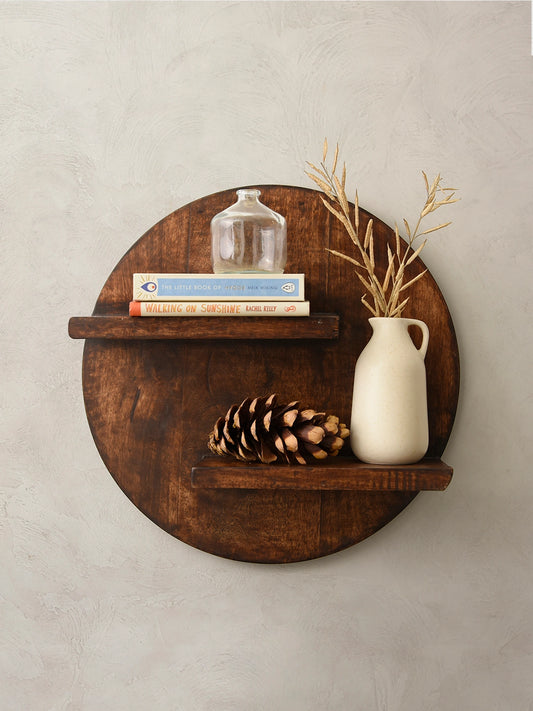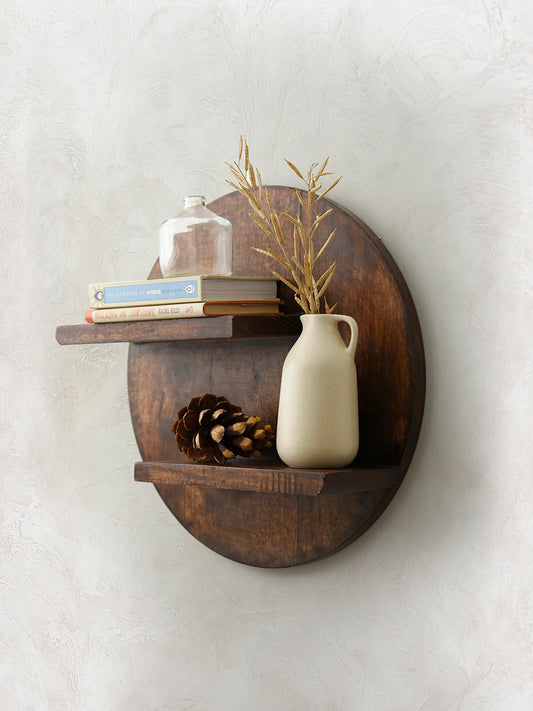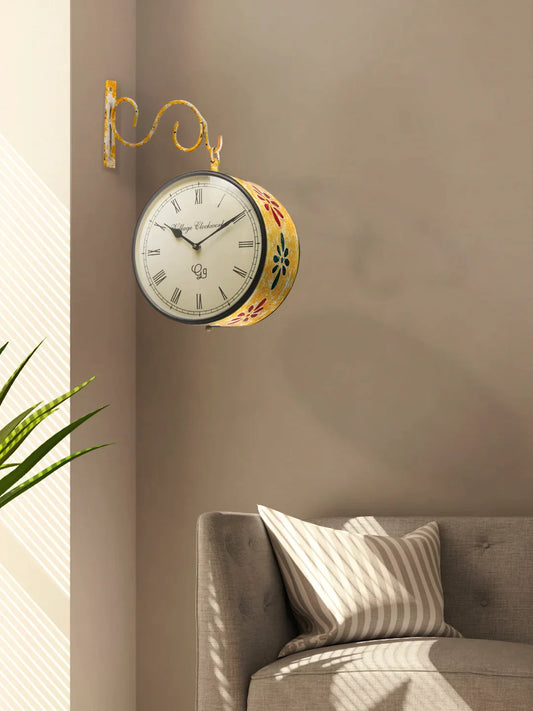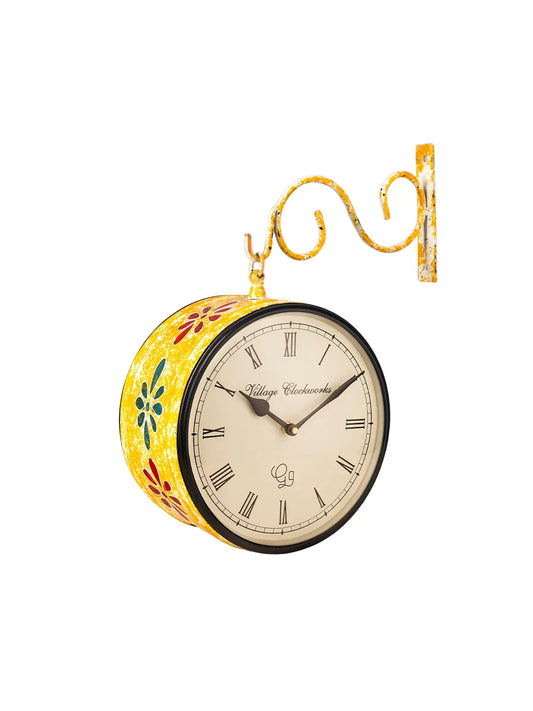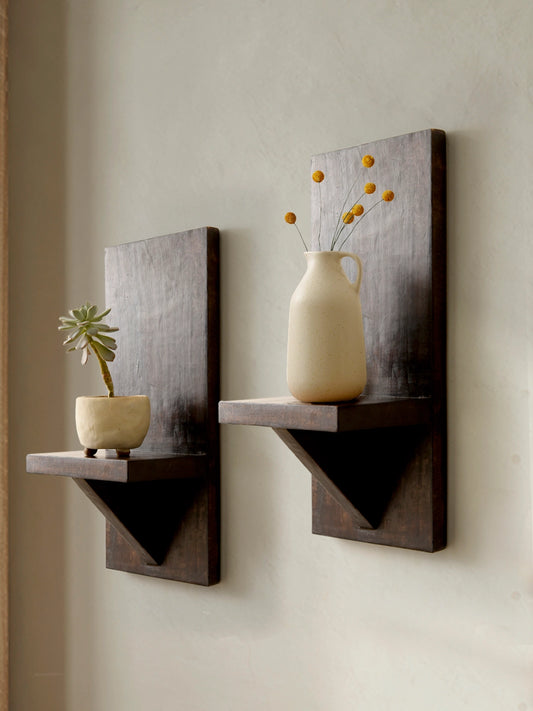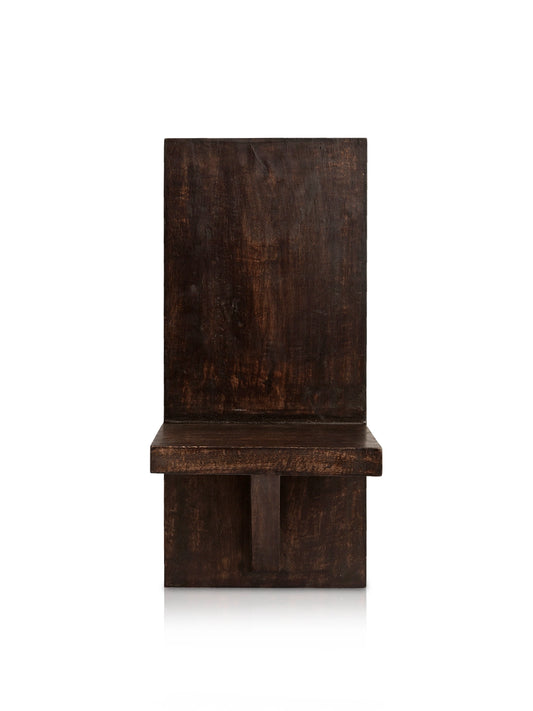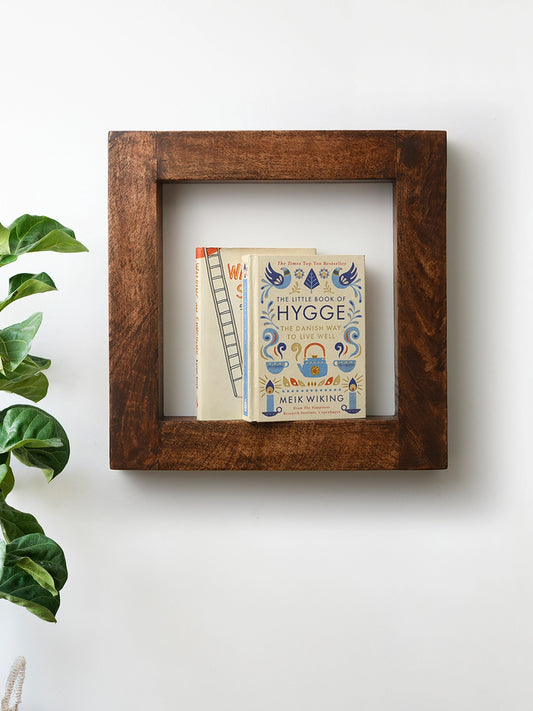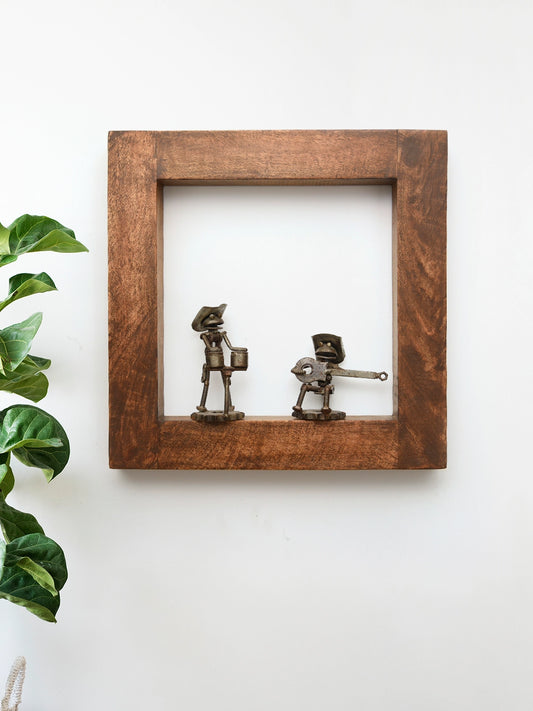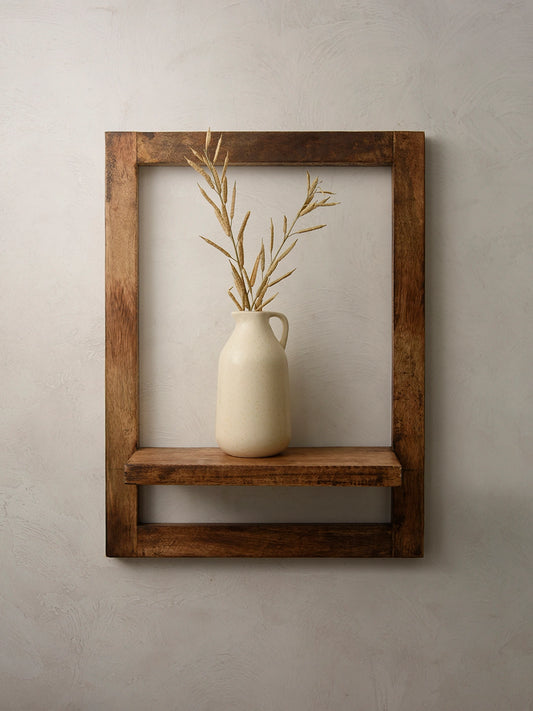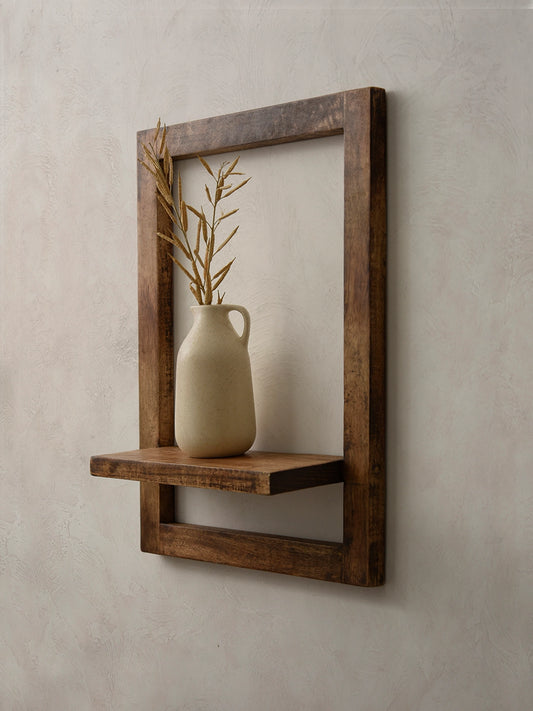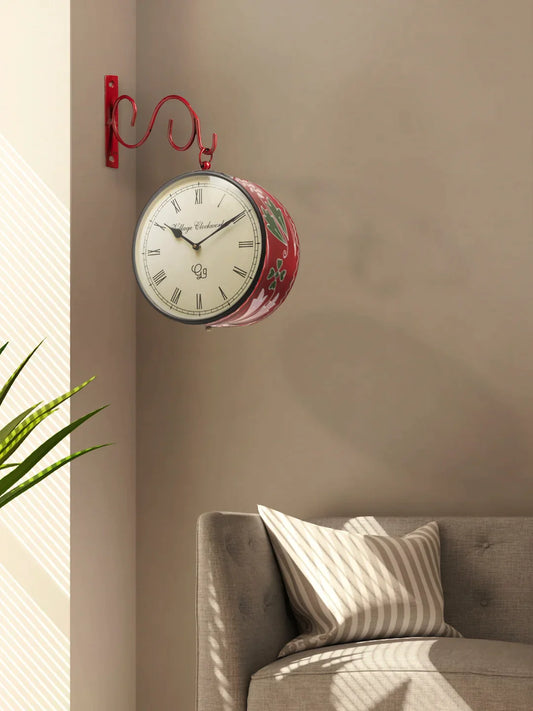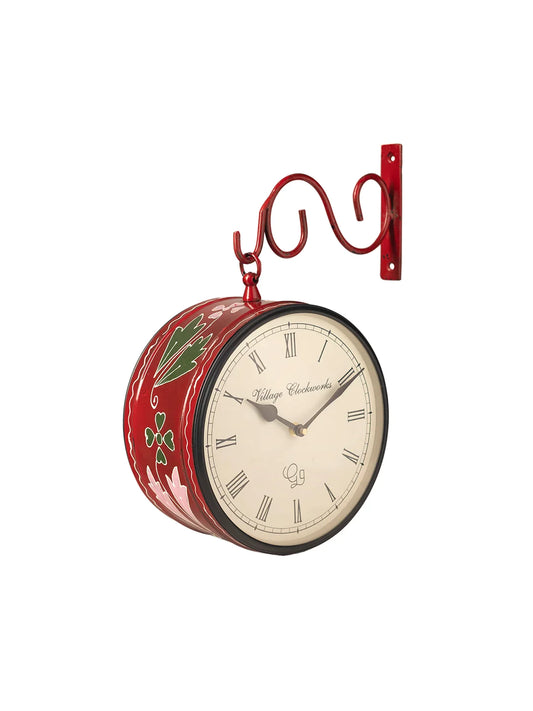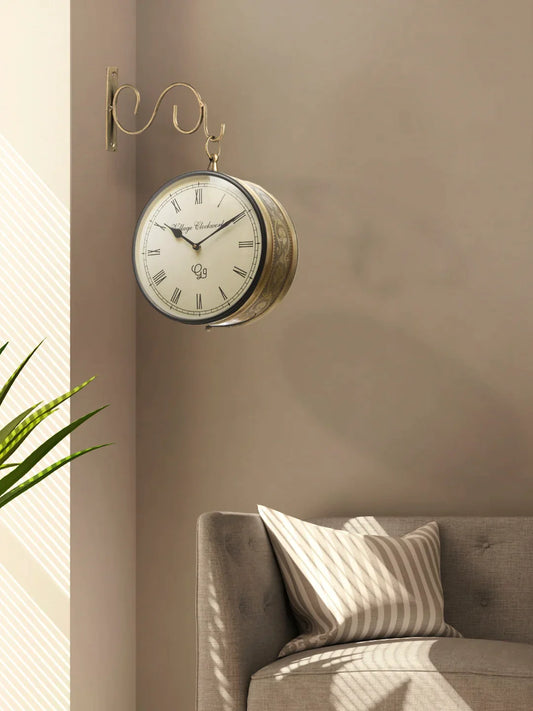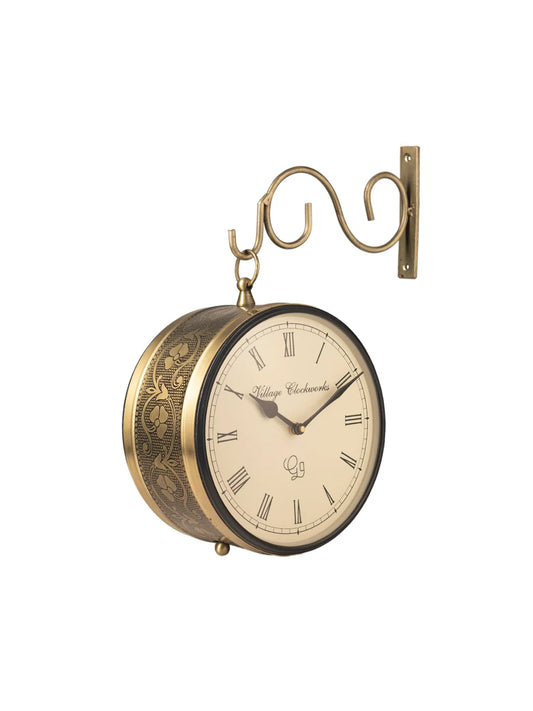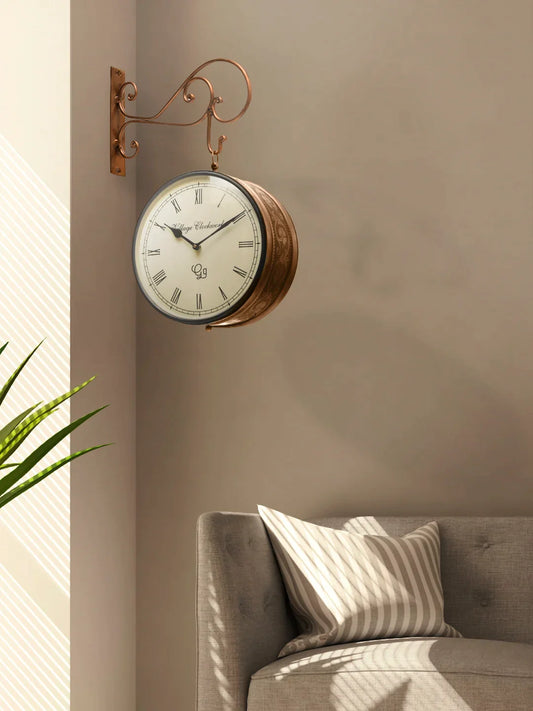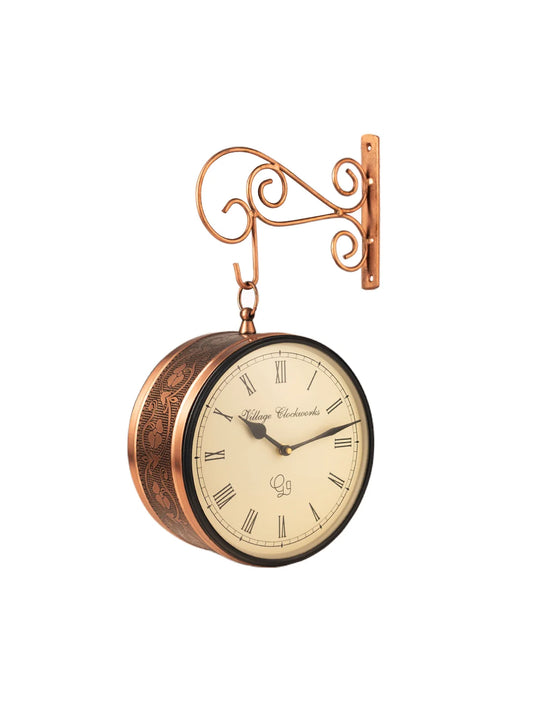Introduction
Wall clocks have always been more than simple time-telling devices. Over the years, they’ve evolved into timeless decorative pieces, adding character and charm to interiors. Antique wall clocks, in particular, hold a special fascination for their intricate craftsmanship and mechanical precision. These historic timepieces are not just tools for measuring hours but symbols of artistry and ingenuity that have stood the test of time. From their fascinating evolution to their unique mechanisms, there’s so much to uncover about what makes antique wall clocks truly special.
The Evolution of Wall Clock Mechanisms
The story of wall clocks is a tale of innovation and craftsmanship:
- Weight-Driven Clocks: The earliest wall clocks relied on weights and pulleys to keep time. Simple yet ingenious, these clocks paved the way for mechanical timekeeping.
- Spring-Driven Movements: By the 15th century, spring mechanisms replaced weights, making clocks more compact and easier to hang on walls.
- From Wood to Brass: Initially crafted with wooden gears, advancements in technology allowed clockmakers to use brass, which was more durable and precise.
- Innovations Over Time: Each era brought new advancements, like pendulums for improved accuracy, jeweled escapements, and chiming systems that added melody to functionality.
Diverse Styles: Wall Clocks for Every Setting
Whether antique or contemporary, wall clocks are versatile pieces of décor that suit any style:
Wooden Wall Clocks: Timeless Elegance
Wooden wall clocks bring warmth and a touch of tradition to any space. Their natural tones and intricate craftsmanship make them perfect for both classic and modern interiors.
Ethnic Wall Clocks: Cultural Charm
Ethnic wall clocks, designed with patterns and motifs inspired by various cultures, add artistic flair to your walls. These pieces are ideal for creating a space filled with cultural richness and creativity.
Metal Wall Clocks: Industrial Chic
Metal wall clocks feature bold designs with a sleek, modern edge. They’re perfect for creating an industrial vibe or making a strong style statement.
Modern Wall Clocks: Sleek and Stylish
Green Girgit’s collection of modern wall clocks offers minimalist designs that blend form and function. These clocks are great for those seeking clean lines and understated elegance in their décor.
Key Components of Antique Wall Clock Mechanisms
The beauty of antique clocks lies in their meticulously crafted components:
- Escapement: This mechanism controls the release of energy to the gear train, ensuring the clock’s hands move at a consistent pace. It’s the heart of a clock’s timekeeping.
- Pendulum Systems: Pendulums enhanced accuracy by providing a steady, rhythmic motion. They’re a hallmark of many classic wall clocks.
- Gear Trains: These intricate systems of gears transfer power through the clock, ensuring precise movements of the hands.
- Weights and Pulleys: Early clocks used these systems to drive their mechanisms, relying on gravity to keep time.
- Striking Mechanisms: Many antique clocks feature chimes or bells that mark the hour, adding an auditory element to their charm.
The Craftsmanship Behind Antique Wall Clocks
Creating an antique wall clock was no simple task. Skilled artisans dedicated hours to perfecting every detail:
- Hand-Filing and Polishing: Each component, from gears to screws, was shaped and polished by hand, ensuring precision and durability.
- Wheel Cutting: Cutting gears required a high level of expertise, as even the slightest imperfection could disrupt the clock’s functionality.
- Traditional Techniques: Before industrialization, every step of the clock-making process was done manually, making each piece unique and special.
What Makes Antique Wall Clock Mechanisms Special
There’s something undeniably enchanting about antique wall clocks:
- Built to Last: Antique clocks were made with quality materials and techniques that ensure they last for generations.
- Mechanical Marvels: Without relying on modern technology, these clocks showcase the brilliance of mechanical engineering.
- Historical Relevance: Each antique clock tells a story of the era it was crafted in, offering a glimpse into the past.
- Artistic Beauty: Beyond their functionality, these clocks are works of art, with intricate designs and meticulous detailing.
Collecting and Preserving Antique Wall Clocks
If you’re considering adding an antique clock to your collection, here’s what you should know:
- What to Look For: Check for original parts, unique mechanisms, and signs of authenticity. Avoid heavily restored pieces.
- Maintenance Tips: Clean and oil the clock regularly, and store it in a safe, stable environment to prevent wear and tear.
- Repair Advice: For significant repairs, consult a professional clockmaker to maintain the clock’s originality.
Improve Your Home with Wall Clocks
Antique wall clocks bring historic charm, but modern wall clocks also offer a variety of styles to elevate your interiors:
- Wooden Clocks for warmth and tradition.
- Ethnic Clocks to add cultural vibrance.
- Metal Clocks for a sleek, industrial vibe.
- Modern Clocks for minimalist sophistication.
These diverse options ensure there’s a perfect wall clock for every setting, from vintage-inspired spaces to ultra-modern homes.
Conclusion
Antique wall clocks are more than just timepieces—they are reminders of a bygone era of craftsmanship and innovation. Their intricate mechanisms, combined with their aesthetic appeal, make them a prized possession for collectors and enthusiasts alike. While these historic clocks hold a special place in our hearts, modern wall clocks provide contemporary options to suit today’s design needs. Whether you’re drawn to the history of antiques or the style of modern designs, wall clocks remain timeless pieces of functional art that can transform any space.

